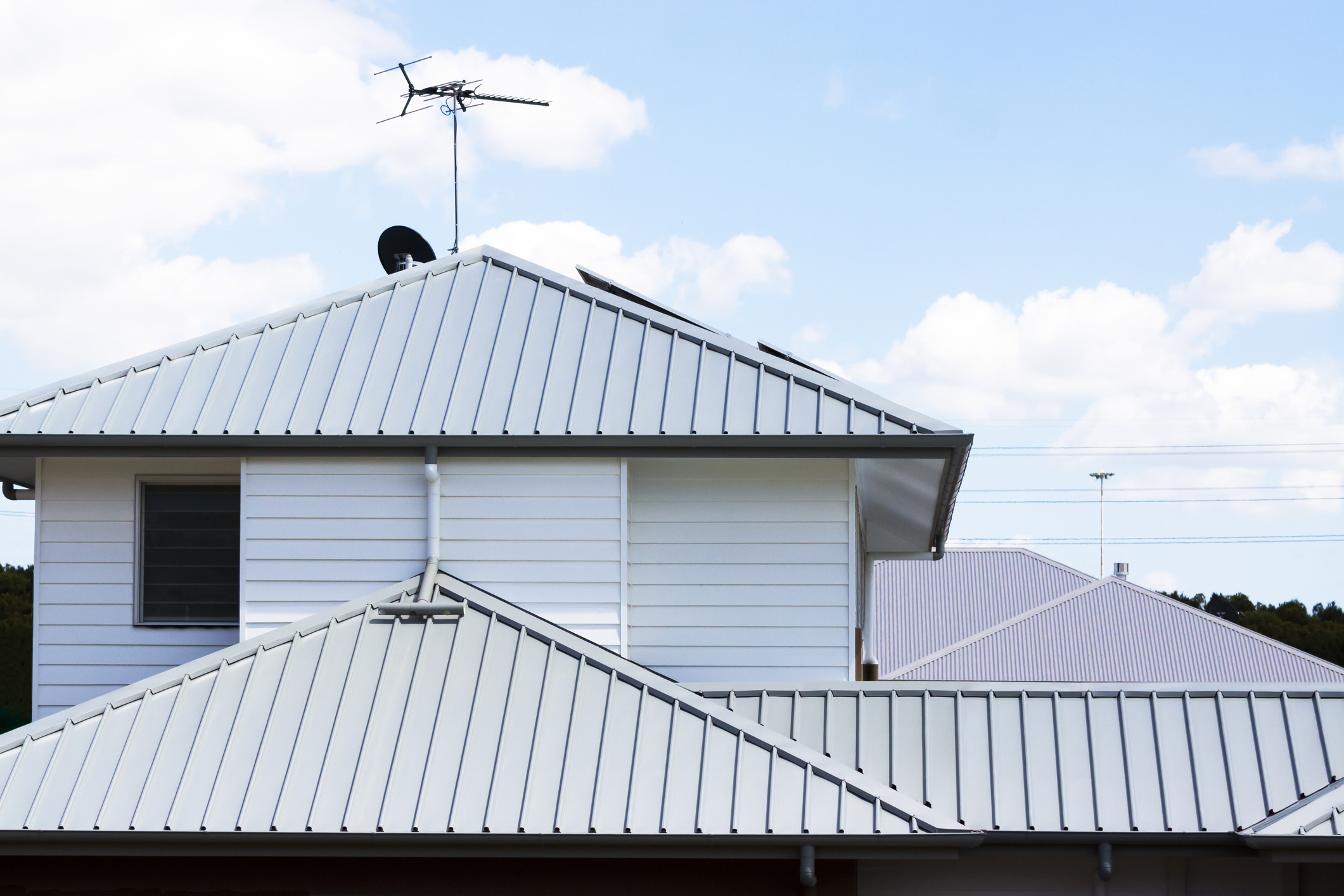- Home
- Services
Residential Services
Commercial Services
Additional Services
- Areas We Serve
- Financing
- Resources
- About us
- Contact Us
Setting the Standard in AZ Roofing Since 1993
Arizona roofs take a beating. Summer sun cooks surfaces all day, then monsoon bursts push gallons of water through tight spaces in minutes. The two spots that feel that stress first are roof valleys and dead-pan transitions. Valleys collect water from multiple planes and send it downslope. Dead pans sit where water slows or stalls near walls, chimneys, or low-slope tie-ins. Good design keeps water moving. Poor design forces it to sit, back up, and find a way inside. This guide walks through practical ways our team builds valleys and dead pans that stand up to Phoenix and Tucson weather, no fluff, just field-tested details that work.

A valley acts like a highway for water. Two roof planes dump flow into a single channel, so volume climbs fast during a storm. Sharp turns, narrow metal, or messy cuts create speed bumps that catch debris and push water sideways. We size and shape valleys to move water cleanly. Wider metal pans, smooth transitions, and clean margins around the channel limit turbulence and keep water tracking the middle, not crawling under shingles or tiles. We also think about what sits above the valley. Long, steep runs deliver more water, so the valley below needs more width, better underlayment, and stronger fastening.
A dead-pan is a low or flat pocket at a roof-to-wall, dormer cheek, inside corner, or where a steep roof dies onto a low-slope area. Water slows there. Wind pushes it back. Dirt collects. That pocket then becomes a tiny pond during summer storms. You don’t win that battle with caulk. You win it with slope, outlets, and protection. We build subtle crickets to lift the pocket, we add scuppers or drains that match the flow, and we line the whole zone with peel-and-stick membrane before any shingles, tiles, or foam go on. The goal stays simple: never give water a flat place to sit.
On shingle roofs, we favor open metal valleys or clean, closed-cut valleys backed bya full-width membrane.
Tile looks tough, but underlayment does the waterproofing. Valleys need room to breathe and drain.
Dead pans show up most on low-slope roofs at wall tie-ins and inside corners. The fix starts with the slope.
Water loves to sneak behind siding and stucco on walls. We stop that with layered metal and smart details.
Sun and heat punish cheap metals and asphalt. We stick with components that hold shape and seal under UV.
Great products still fail with sloppy details. Our crews follow a tight sequence and document every step.
Design buys time. Maintenance protects that investment.
1) What makes valleys fail during Arizona monsoons?
Narrow metal, woven shingles, mortar dams, and debris create blockages. Water stacks up and crosses under the roof covering. Wide valley pans, clean cuts, and clear channels keep water moving.
2) Can you fix a deadpan without tearing off the whole area?
Yes, in many cases. We build crickets with tapered insulation, add peel-and-stick membrane, and cut in a proper scupper or drain. If the deck sags or the wall flashing fails, we may open more area to rebuild it correctly.
3) Do tile roofs need wide open valleys?
Yes. Tile sheds water, but the underlayment does the sealing. A wide, open channel lets heavy flow and grit pass. Tight tile against the center traps debris and pushes water sideways.
4) What should I check before the monsoon season in Phoenix and Tucson?
Clear valleys and scuppers, look for nail pops on shingles, inspect kick-out flashings, and check for stains on fascia. Call a licensed roofer for a full walk if you spot anything off.
5) Will a kick-out flashing really stop leaks at walls?
Yes. That small diverter changes the game at the roof-to-wall eaves. It pushes water into the gutter and keeps it off the stucco and sheathing. We install one on every job that needs it.
Stop leaks before the next storm. Call Lyons Roofing at (520) 442-1121 and book a valley and dead-pan design check today.